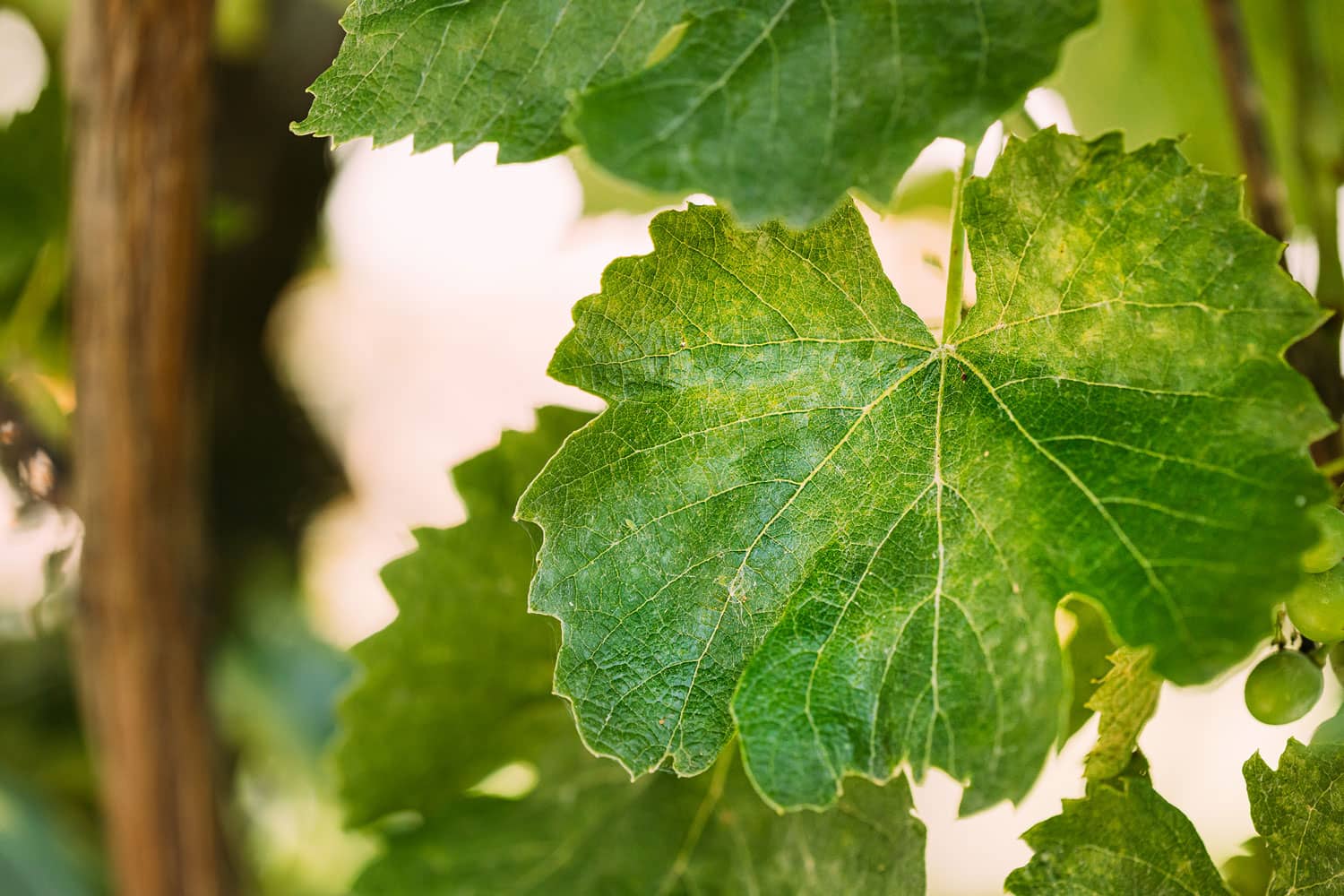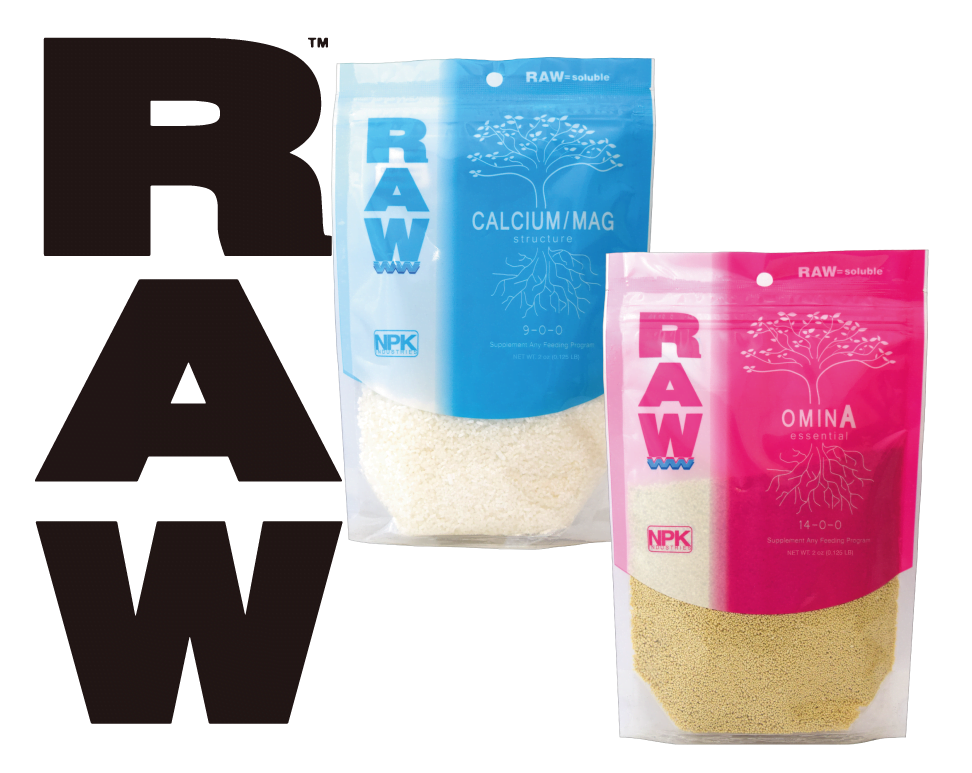Preventing Powdery
Mildew
Learning from the Dutch: Preventing Powdery Mildew
Travelling to the Netherlands is an eye-opening experience.
The Dutch grow nearly all of their vegetables in zero-runoff hydroponic systems in sophisticated computer-controlled greenhouses. Impressive! But in the year 2000, the Dutch government also made the use of all fungicides illegal on food crops. Overnight many of the strawberry growers were losing 40% of their crops to powdery mildew, grey mold and the like. The hydroponic growers had to do something; so they began experimenting with organic biostimulants in tiny dosages.
Guess what? They worked! In 2001, I was invited to the Netherlands to interview the strawberry growers who were doing the first biostimulant trials for the Dutch government. They reduced their losses from 40% down to zero, they enjoyed a 10-20% increase in yield over any past year, and they were first in the line for sugar content in the fruit… all with a completely organic, ECO-1 product with no harmful chemicals.

Unfortunately, the scientists I interviewed in Holland told me that their formula was “proprietary” and they wouldn’t tell me how it worked. Little did they know, however, that my mother had given me a wonderful gift… intellectual curiosity. It became my mission in life to solve the mystery. After all, at that time strawberry growers in the United States were fumigating the soil with methyl bromide, a chemical that not only kills life in the soil, but destroys the ozone in the atmosphere at the same time! I was inspired, motivated, and I knew there had to be a better way. After all, I had seen it with my own eyes.

After years of research and experimentation in plant physiology, microbiology and plant nutrition, the pieces finally came together! Calcium was the key. My well water at home is loaded with calcium and magnesium carbonate, and lime scale used to turn my reservoirs into rock gardens! But when I started experimenting with an amino acid blend I received from a vitamin manufacturer out East, there was no more lime scale. So where did all of that extra calcium go? Into the plants! I learned that certain amino acids stimulate root cells to open up calcium ion channels, allowing the plants to take up calcium thousands of times faster than simple osmosis!
Calcium is taken up through the roots and transported with the water throughout the plant. Some of the calcium and magnesium react with pectic acid to form “pectin”, the glue that binds the cell walls together. So instead of water between the cells, the plants had pectin between the cells. The plants were strong and healthy, with thicker cell walls. The finished crop was gourmet-quality with the highest brix levels I’ve ever seen! And I never had to spray a single fungicide or insecticide the entire summer. I was getting close to solving the mystery.
Here’s how it works. When a mold spore lands on a plant leaf it wants to get to the water between the cells to germinate and spread. But when the cell walls are thicker and there is increased calcium-pectate between the cells instead of water, the mold spores just sit there. The plant doesn’t kill the powdery mildew spores; it just has a natural resistance against them. Any extra calcium that a plant doesn’t use to strengthen the cell walls is pumped into a storage vacuole inside the cell. If a mold spore does happen to germinate, sensors on the surface of the leaf detect the chitin in the cell wall of the fungus and send a signal molecule to the vacuole, opening up calcium ion channels inside the cell. The calcium released starts a chain reaction that causes an oxidative burst, the plants first line of defense against powdery mildew. Mystery solved! At least for now…
Copyright© 2013
Harley Smith
Available from Easy Grow Wholesale.
For pricing and further information please call
+44 01472 346 900
UK Freephone 0800 612 9099
or email
sales@easy-grow.co.uk
Want to read more blog posts?
Head back to the blog home page for more resources and information!


